
Guitar Headstocks
Many DIY electric guitar kits come with blade or spade unfinished headstocks. One of the most intimidating parts of the project can be getting that headstock shaped the way you want it. Here is a straightforward way to successfully shape a headstock on your DIY electric guitar. First and foremost - take your time. Do not rush this process.

Martin 00015SM Solid Mahogany Acoustic Guitar, Slotted Headstock at
Guitars 4°: Guild 11°: Martin [2] 12°: Bigsby, [3] Yamaha SGV [4] 13°: Peavey, [5] Warmoth [6] [7] 14°: Gibson Firebird V [8] and VII, [9] Gibson X-plorer, [10] some vintage Gibson guitars, [11] Washburn, [12] most budget Epiphone replicas of Gibson models [13] 17°: Gibson ES-335, [14] Gibson Les Paul, [15] Gibson SG, [16] Epiphone Casino [17]
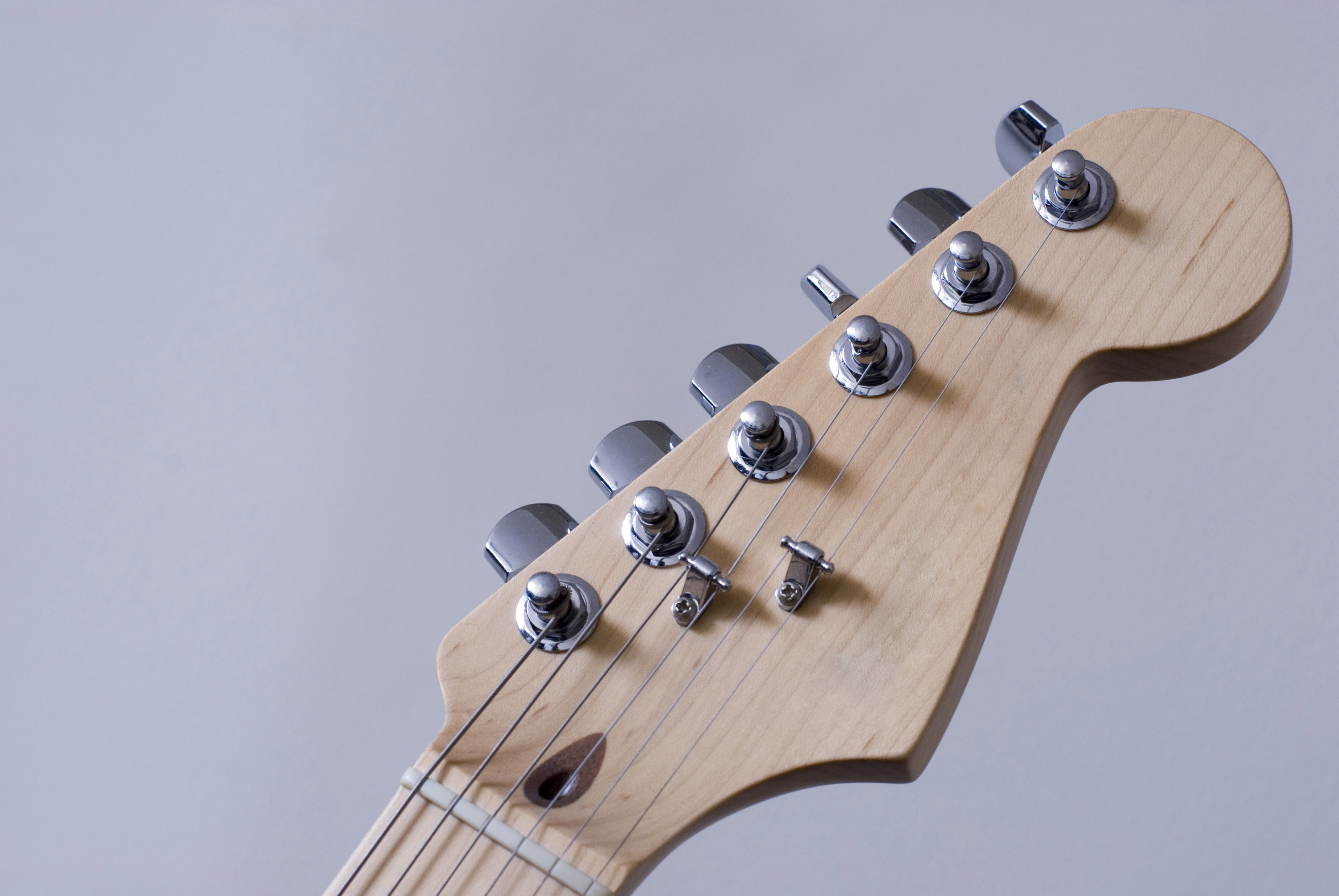
guitar headstock3005 Stockarch Free Stock Photo Archive
1. Straight (Flat) Headstock This type of headstock design was popularized by Leo Fender himself back in the 1950s. The goal was to come up with a headstock that would be rigid enough, cheap to produce, and that wouldn't waste too much wood in the process. The resulting design was the straight headstock, which Fender used on his Telecaster guitar.

Fender headstock stratocaster 1956 Fender guitars, Fender acoustic guitar, Fender stratocaster
The headstock is inspired by the shamisen (a traditional Japanese instrument) and is carbon-layered for stiffness, allowing a "straight to the tuners" string path. 7. Ken Parker Olive Branch Arch Top Acoustic. Ken Parker was raised on Long Island, New York, and has embraced the arts of woodworking since his early 20s.
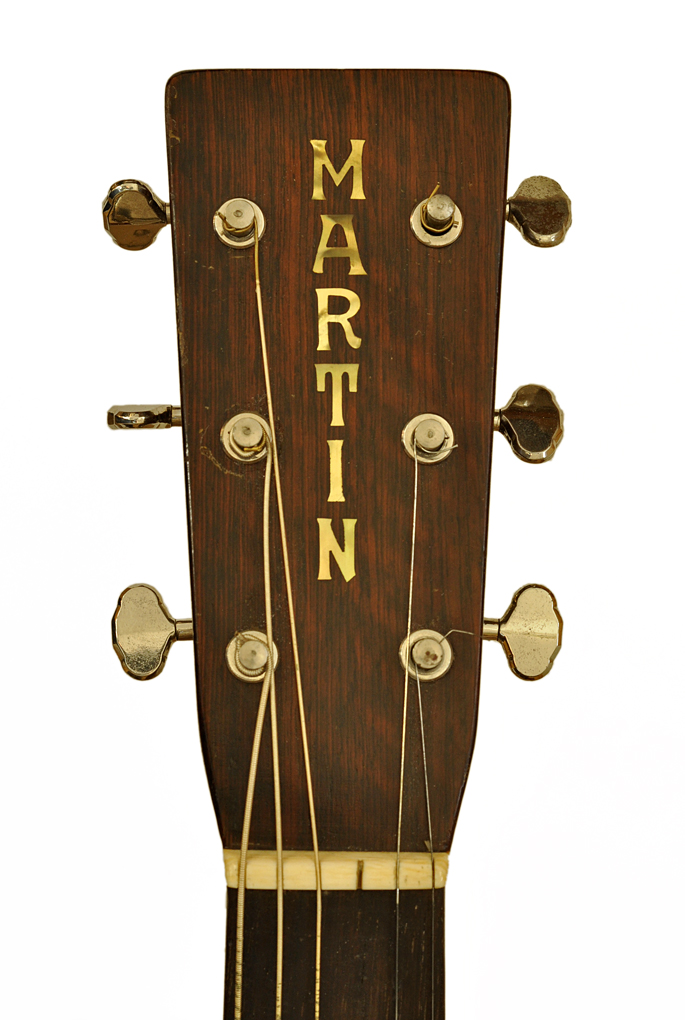
The Head of the Class Headstocks on Martin Guitars
This can help place the guitar into a higher player position that could be more comfortable when standing. Secondly, the guitar's headstock actually plays a role in how balanced a guitar feels when in the playing position. While the body should be the heaviest, the headstock can help offset some of the weight.

Classic headstock Guitarra electrica, Electrica, Guitarras
The guitar as we now know it developed from the Spanish guitar (which evolved from the lute), with the headstock pitch reduced to somewhere between 7 and 17 degrees—or, in the case of Fender, zero. Guitar builders of the last four or five centuries have struck a balance between performance and ease of construction, with Fender taking the.
Bass guitar HEADSTOCK'S what's your favorite looking headstock? Page 15
The guitar headstock is the piece of the guitar that is located at the upper end of the guitar neck. This piece is attached and held by the guitar neck and holds the strings. What are the guitar headstock types? There are three main guitar headstock types, the Straight headstock, the Tilted-back headstock, and the Scarf headstock.

1965 Fender Stratocaster headstock. From 19641967 the gold “transition” logo was used ending
1. Straight (Flat) Headstock The straight or flat headstock is, as the name suggests, completely flat without any angle. It's commonly seen on Fender models, and this design makes it easy for string trees to be added, ensuring strings have a consistent break angle over the nut. Overview

3 GUITARS PROFILE REVERSE HEADSTOCK ELECTRIC GUITAR WITH SOFT SHELL CASE, SAMICK S W015 ACOUSTIC
The headstock of a guitar can vary in size and shape depending on the type of guitar. Generally, it is attached to the end of the guitar's neck and holds the machine heads or tuning pegs. The headstock is responsible for controlling the pitch of each of the guitar's strings, and it's important for ensuring that each note played is in tune.

541 best images about Guitar headstocks on Pinterest Ukulele, Black water and Acoustic guitars
At its most basic, the headstock is the part of the guitar where the strings terminate and the tuning machines are located. It's typically located at the far end of the guitar's neck and is where you'll find the all-important tuning pegs or machine heads that allow you to adjust the pitch of each string.
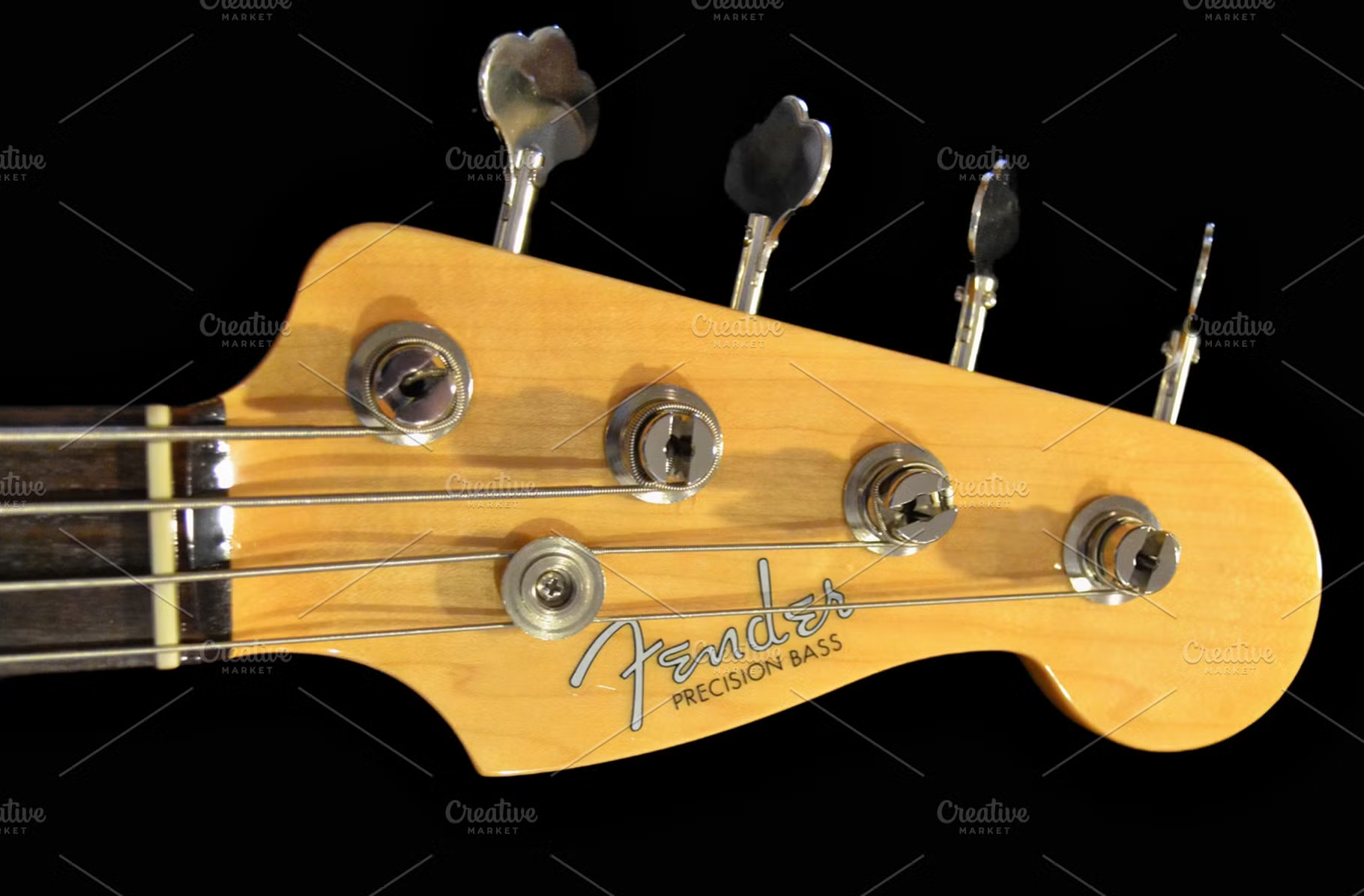
Fender Bass Guitar headstock HighQuality Arts & Entertainment Stock Photos Creative Market
The headstock of a guitar is the part of the guitar located at the upper portion of the guitar's neck. They are where the guitar's strings end or start, whichever way you look at it. They also house the tuning pegs, trust rods, and nuts. Here, we'll dive into the guitar's headstock and its role in producing guitar sounds.

Custom Guitar Waterslide Headstock Decals Etsy
The headstock is where the strings start (or end, depending on how you look at it) and supports the tuning machines, located at the upper portion of the instrument's neck. It's sometimes where spring-loaded capos are put when not in use, too. Headstocks vary in size and shape, depending on the type of guitar and the manufacturer.

Pin by N on Guitar Headstock in 2020 Bass guitar, Custom electric guitars, Guitar
How many types are there? Guitar headstocks come in three different types. Among the headstock types, you will find the Straight headstock, the Tilted-back headstock, and the Scarf headstock. Manufacturers usually vary this construction and customize the design slightly for each brand, but these types of headstocks are common to all brands.
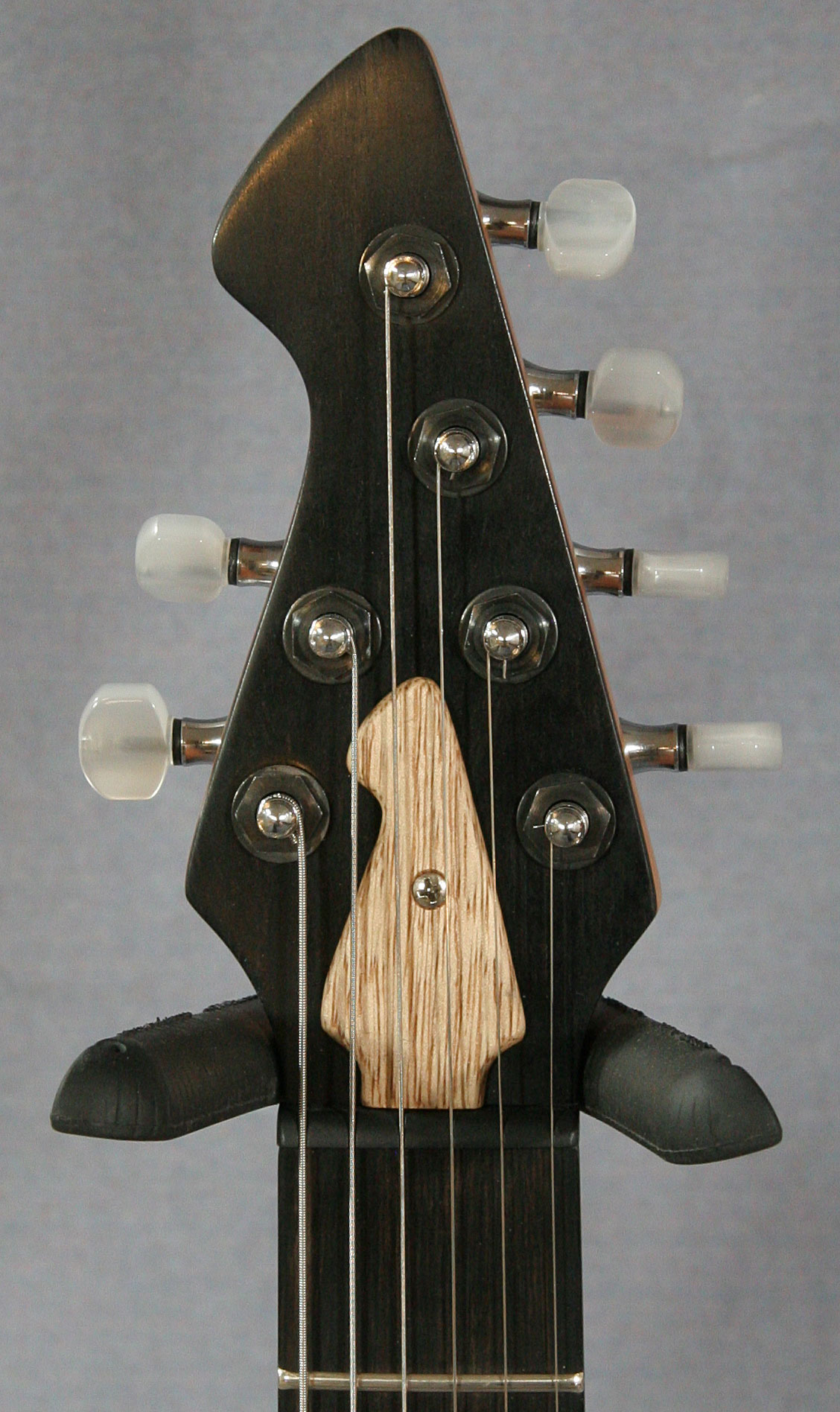
Headstock Shapes for Bertram Guitars
Firstly, the guitar's headstock introduces the break angle between the nut and the tuners. This is very important as it immediately impacts an instrument's ability to hold tuning for any duration of time. A famous example is the complaint that has plagued Gibson's open-book headstock design for decades.
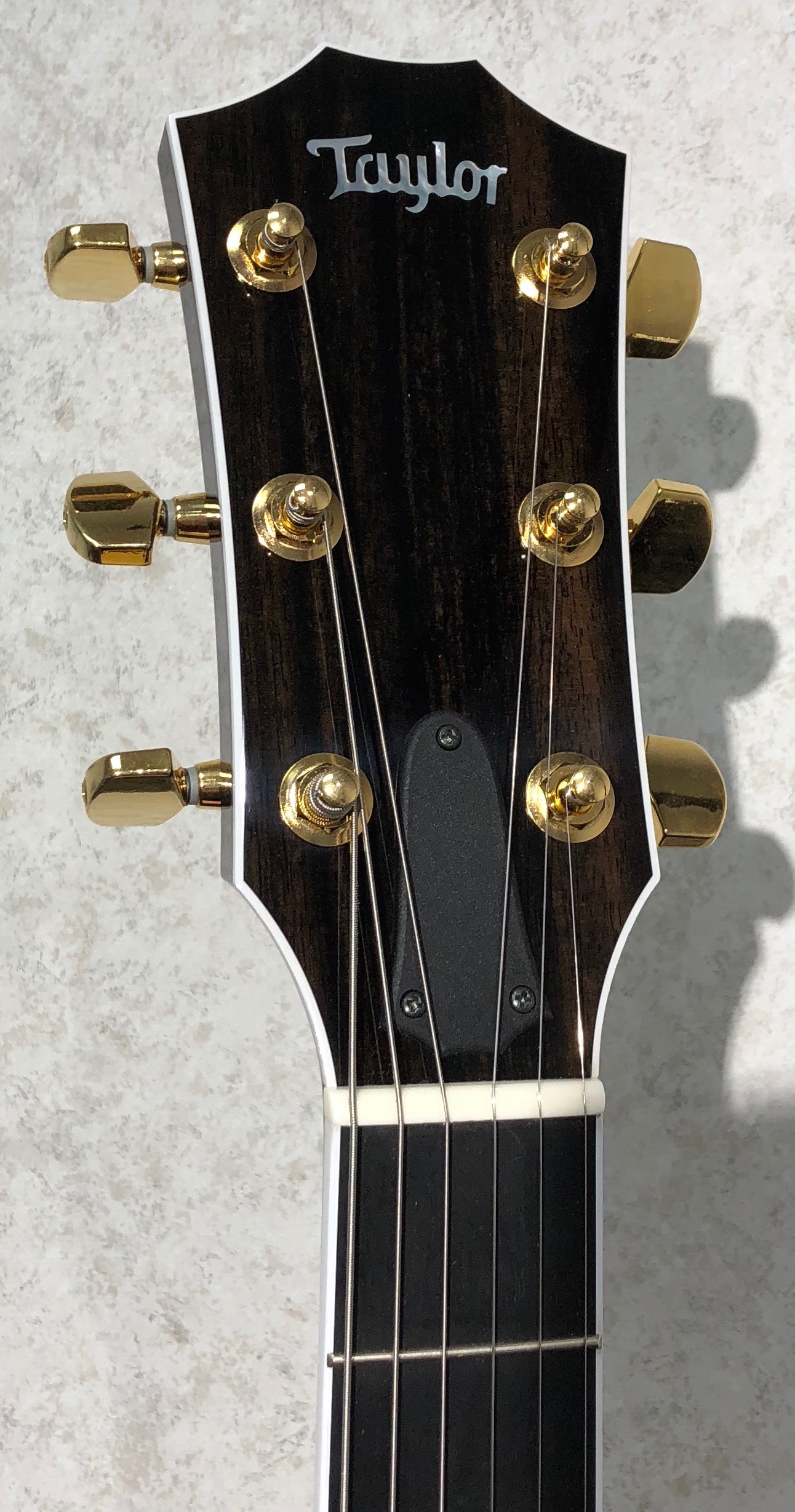
Taylor Guitars T5 Custom Koa headstock Legacy Music
23 Guitars With Reverse Headstock. Kramer Assault Plus is one of the rare reverse headstock single-cut guitars. It comes with. Floyd Rose 1000 bridge, Seymour Duncan JB Zebra Coil Humbuckers, and fast K-Speed SlimTaper C neck. Plus, even with all this, it costs well under $1k.

hollow headstock Luthier guitar, Guitar design, Custom electric guitars
What Is The Purpose of a Guitar Headstock? A guitar headstock serves several essential functions. This includes holding the tuning machines. Which, as we know, enables musicians to adjust the pitch of each string. But also providing string tension, and contributing to the guitar's tone.